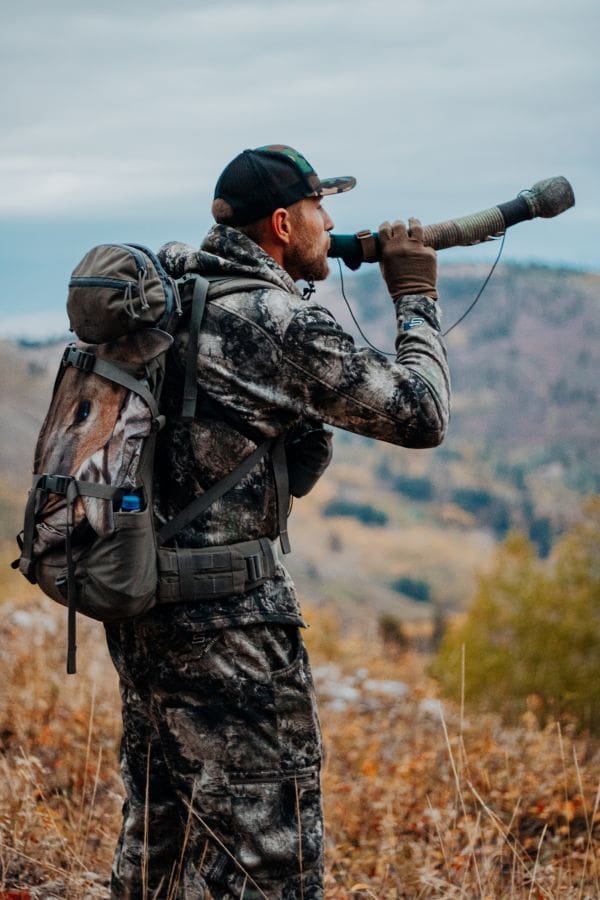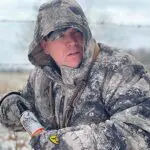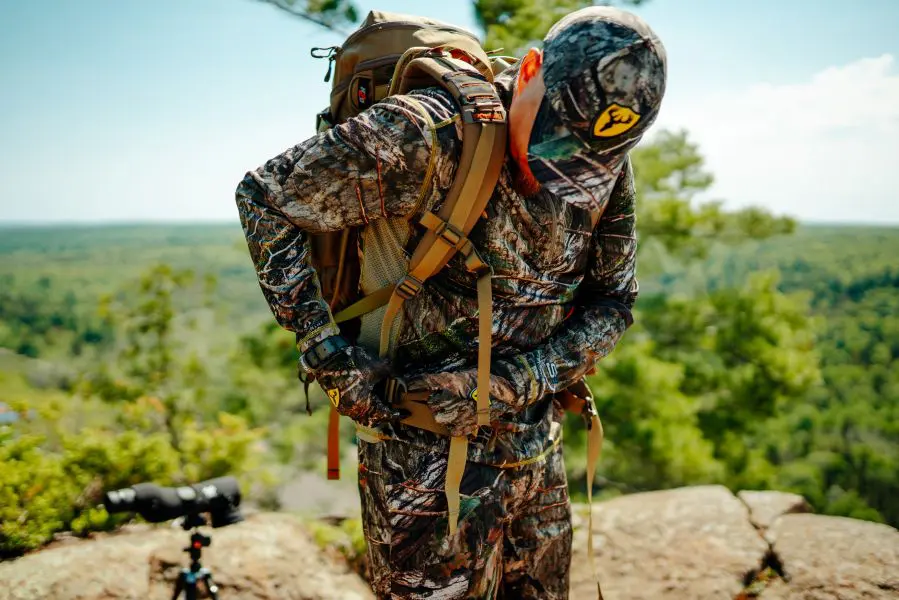Whether you’re a seasoned hunter or heading west for your first elk season this year, the excitement builds with each passing day. Serious hunters know that success starts long before the bugles echo through the mountains, thanks to their pre-season preparation. Meanwhile, first-time elk hunters often feel nervous as they wonder about the latest intel and whether they’ll be ready when September arrives.
Whether you’re planning a week-long archery hunt deep in the backcountry or gearing up to chase rutting bulls with a rifle, the preparation you do now can make all the difference when the opportunity to fill a tag finally comes. Imagine spending hundreds or even thousands on non-resident tags, travel, and gear, only to head home early. Unfortunately, that scenario is all too real for many first-time hunters. A friend of mine recently shared his experience from a western elk hunt. He didn’t get to hunt nearly as much as he’d hoped because his hunting partner decided to call it quits on just the second day. The reality of the hunt and how physically demanding and mentally challenging it was caught him off guard. Feeling exhausted and unprepared, his partner ultimately decided the seven-hour trip home sounded better than pushing through.
Without proper preparation, hunters risk more than just missing the chance at a mature bull; they can also face serious health concerns that may have lasting effects. To avoid these setbacks, it’s essential to spend the months before opening day getting both your body and gear ready for the demands of the hunt. Use the following checklist to set yourself up for a safe, successful season.

Load Your Frame Pack with Purpose
I’ve become somewhat of a backpack enthusiast over the years; my garage and gear room are packed with backpacks of all shapes and sizes, each with unique features and specific purposes. When it comes to elk hunting, having a reliable pack is essential. In elk country, your pack becomes your lifeline; it holds everything you need to stay safe, hunt efficiently, and, if all goes well, haul out meat. Start with a high-quality frame pack built to carry heavy loads, then carefully pack it with the gear that fits your specific hunting style.
Essentials include:
- Game bags
- Knife and sharpener
- Water bladder or bottles
- GPS and backup map
- Headlamp with extra batteries
- First aid kit
- Lightweight rain gear
- Fire-starting kit
- Snacks and high-calorie meals
- Shelter and sleep system (if overnighting)
Don’t forget the “little things” like paracord, trekking poles, extra socks, and scent-free wipes. Pack it all now and test it with weight during hikes. This not only ensures you’re prepared, but it also conditions your body to carry the load you’ll face in the field.
Practice Elk Calling Like It’s Opening Morning
Elk vocalizations are both an art and a science. From seductive cow calls to aggressive challenge bugles, calling often makes or breaks an elk hunt. Start practicing now with your preferred calls, whether it’s a diaphragm, an open, or a closed reed hand call, until it becomes second nature. Just like turkey hunters when polishing their calling skills, keep your calls in your vehicle and practice whenever you’re alone. Alone being the keyword, bugling or cow calling in a closed vehicle, is probably not as enjoyable for passengers as it is when you’re alone.
It’s not just about sounding good; it’s about knowing when to call, how much to call, and how to interpret elk behavior in the moment. Take advantage of the modern world and the ability to search for anything on the internet. Watch elk calling tutorials, listen to real elk, and practice scenario-based calling in the woods or your backyard. This kind of training sharpens your instincts, so you’ll know how to respond when a bull bugles back.
Get in Mountain Shape
There’s no way to cheat the physical demands of elk hunting. The combination of high elevation, rugged terrain, and long days under a heavy pack can wear you down fast if you’re not ready. As my friend’s story proves, plenty of hunters have missed their shot simply because they weren’t in shape. You can’t just show up in the mountains and expect your body to perform. The time to start training is now. Treat your preparation like your tag depends on it, because it absolutely does.
Focus on:
- Cardio: Hiking with a loaded pack, stair climbing, and trail running simulate mountain movement.
- Leg strength: Lunges, squats, and step-ups mimic steep ascents and descents.
- Core: Stability helps with balance on rugged terrain and improves your shooting form.
- Endurance: Long hikes or weighted ruck training will condition your body for the demands of all-day hunts.
Consistency is essential. Combine gym workouts with outdoor exercises, and aim to match the terrain you’ll be hunting in. The more realistic your training, the better you’ll perform and recover on the mountain.

Shoot Like It’s the Real Thing
Shooting under pressure is a skill that demands repetition. Whether you’re bowhunting or rifle hunting, your shooting practice should match the conditions you’ll encounter in elk country. Practice shooting from uneven ground, kneeling, or with your pack on to simulate real-world conditions. Take shots at longer distances; elk hunting often presents chances at 40 to 60 yards for archery and even farther for rifles, so understanding your effective range and bullet drop is key. Practice shooting in wind and low-light conditions, and become accustomed to making quick follow-up shots from realistic field positions, such as prone, sitting, or resting on your pack. Your confidence in your weapon builds from consistent practice now, not just shooting a few arrows or bullets at the range. Your goal is to make the first shot count, no matter the pressure.
The elk woods reward those who are prepared. It’s easy to dream of a screaming bull charging into range, but the hunters who make it happen are the ones who sweat the details months in advance. Dial in your pack, sharpen your calling, train your body, and tune your shooting. Put in the work now, and when the season arrives, you’ll be prepared to turn opportunity into filled tags, full freezers, and unforgettable memories.

